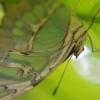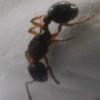Hello dear friends .
Thanks your help ,
We are found a Queen İD
Latin Name:
 Prenolepis nitens
Trivialname:
Prenolepis nitens
Trivialname:
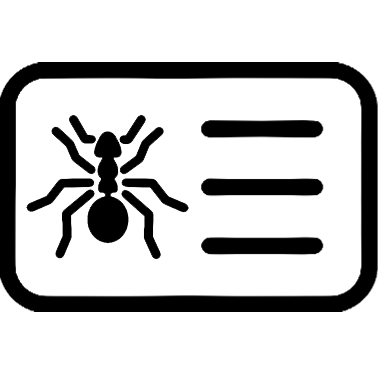
Honeyant
Taxonomy:
 Unterfamilie:
Unterfamilie: Formicinae
Tribus: Lasiini
Keeping Level:

1-2
Distribution:

South Eastern Europe to Austria (sporadically detected)
Habitat:

deciduous forest, open areas
Colonyform:

monogyn, polygyn
Queen:
 Size:
Size: 8 - 10mm
Colour: head and thorax brown to orange, gaster yellow/brown
striped
Worker:
 Size:
Size: 3 - 4mm
Colour: reddish brown
Soldier:

no
Males:
 Size: Colour:
Size: Colour: black
Nutrition:
 Insects e.g. Dipterans like flies or
Insects e.g. Dipterans like flies or mosquitos, honeywater, fruits
Airhumidity:
 Arena:
Arena: 30 - 50%
Nestpart: 50 - 70%
Temperature:
 Arena:
Arena: 21 - 30°C
Nestpart: 21 - 26°C
Hibernation:
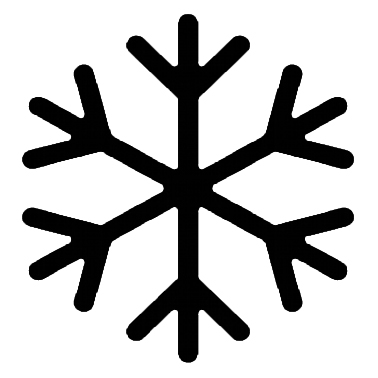
yes, from october to february
Nestform:

build their nest in soil and dead wood
Kind of Formicaria:
 Farm, Farmbasin, Basin, Framebasin, Island, Acrylcylinder, Ytong/Plasternest
Formicaria size:
Farm, Farmbasin, Basin, Framebasin, Island, Acrylcylinder, Ytong/Plasternest
Formicaria size:
 Size: S - M
Substrate:
Size: S - M
Substrate:
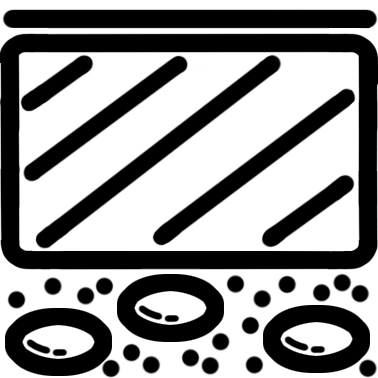 Farm: Sand-Loam Arena: Sand, Sand-Loam
Planting:
Farm: Sand-Loam Arena: Sand, Sand-Loam
Planting:
 similar to forestareas with moss, grass and other plants
Decoration:
similar to forestareas with moss, grass and other plants
Decoration:
 Branches, Roots, Treeneedels
Description:
Branches, Roots, Treeneedels
Description:

Prenolepis nitens is coloquially known as "european honey pot ant". Some workers develop as honey pot ants, but actually it can't be compared withreal honey pot ants of genus Myrmecocystus. The swollen gasters are merely fat storages in its histoid, also the workers limitedly continue the parental/brood care.
Development:
 matingflight: very early: from late March to late Mayfounding:
matingflight: very early: from late March to late Mayfounding: claustral (without feeding), maybe adoption
colonysize: up to 20.000 individuals
Quantity:
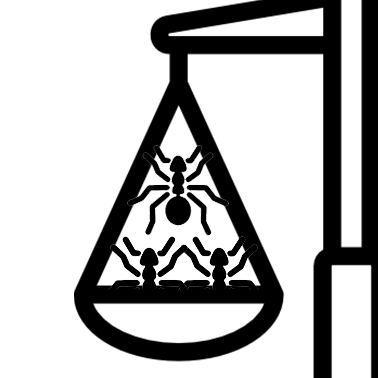 one fertilized queen with workers (see selection); brood (depending on the season and development)
one fertilized queen with workers (see selection); brood (depending on the season and development)

![]()







